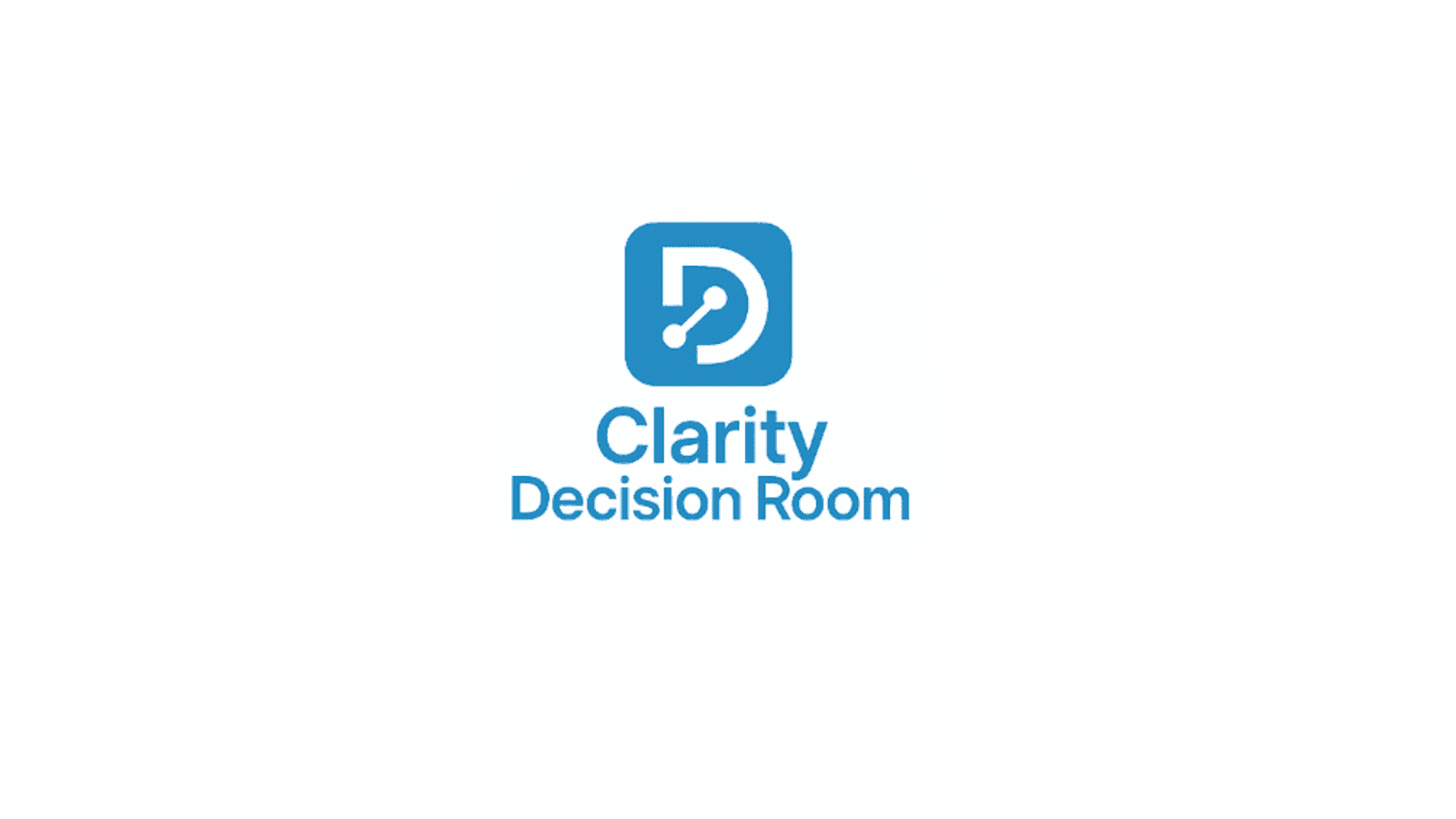Bring solutions if you have a problem.
Yesterday, while standing in line at the grocery store, I had the simple idea to grab a pack of gum. What I didn’t expect was to spend five minutes trying to make a decision. My first instinct was to grab something from Extra—a brand I’ve bought before. But then I saw the mints… and then the sugar-free options… and then the limited editions. Needless to say, the sheer number of choices made it harder to choose. Spoiler alert: I walked away with Icebreakers.
Autonomy is essential to human nature. We want the freedom to make our own choices. Even many mainstream religions value free will. But having the ability to choose and knowing how to choose well are two very different things.
In work—and in life—I often say, “Bring solutions if you have a problem.” I say this for two reasons. First, I need a filter. It’s unrealistic to expect myself to magically know the right answer without some initial groundwork. Second, it’s about accountability. If I solve every issue on my own, it erodes responsibility in others. That said, I don’t always follow the choices people present to me—but their suggestions often serve as useful launchpads toward the final solution.
This tension between choice and clarity is what psychologist Barry Schwartz called the Paradox of Choice. He argued that while we assume more options equal more freedom, too many options can actually increase anxiety, indecision, and regret. The idea sparked debate because it challenges a core belief in autonomy. If we’re overwhelmed by choice, are we really free—or just paralyzed by possibility?
In business, this plays out in real and costly ways. We’re operating in environments where speed, adaptability, and clarity matter. And yet, even with tight deadlines and fast pivots, we still aim to make the “best” decision. That’s where we get stuck sometimes—we call this analysis paralysis.
So, how do we move forward?
1. Decision Designs. Seriously. Decision Designs help you make smarter, faster choices by curating relevant, timely insights from the right people. Instead of drowning in information, you get a clear flow of what matters—delivered by subject matter experts who understand the nuances.
2. Clearly define the decision you’re making. That single act reduces cognitive load and accelerates your path to action.
3. When you feel yourself getting stuck—due to fear, pressure, or overwhelm—don’t retreat. Gather a team. Get additional perspectives. Use their input not as a final answer, but as a launchpad.
Because sometimes, less really is more. Especially when clarity is on the line.
